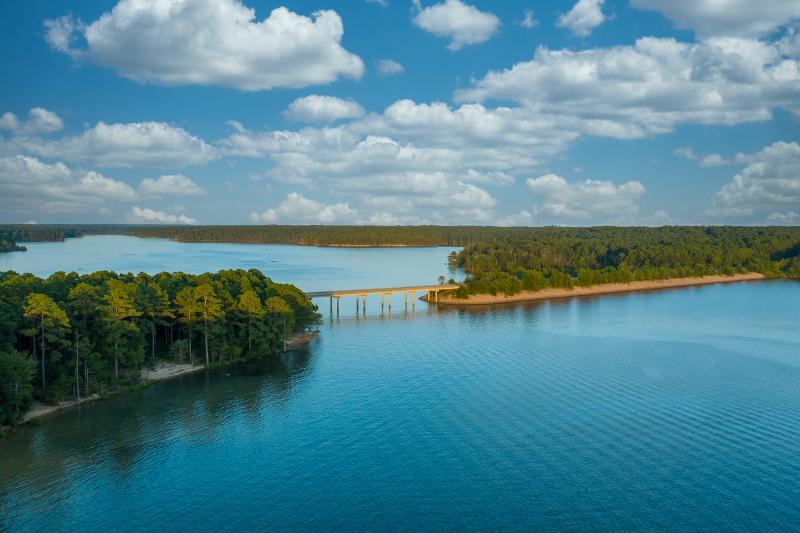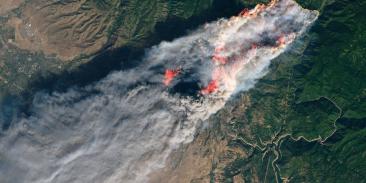How nature protects North Carolina communities against flooding
The problem
Flooding is a common natural hazard in North Carolina. Large flooding events like Hurricanes Matthew, Florence and Helene have taken lives, uprooted businesses, devastated homes and racked up billions of dollars in damage.

While there are statewide and local efforts underway to reduce communities’ flood risks, there are also increasing pollution and development threats to North Carolina’s natural areas and working lands. Forests, wetlands and streams are critical ecosystems for flood management, and by building on or destroying them, it puts people directly in harm’s way and exacerbates flooding impacts. Recent federal rollbacks have put many of these ecosystems at increased risk, including millions of acres of wetlands in NC that may have lost protection.
Preserving nature reduces flood risk
To protect communities from increasing flood risk, we need to preserve nature and invest in its benefits. Wetlands, for instance, act as sponges and can absorb up to 1.5 million gallons of water within a single acre. Meanwhile, forests combat stormwater runoff, and streams maintain our natural drainage systems.

We can support both North Carolina’s nature and communities by increasing conservation investments, like supporting the NC Land and Water Fund, and putting wetlands protections in place at state and local levels.
In doing this, we reduce our flood risks and lower the cost of disaster recovery and response. In fact, it’s been reported that every dollar spent on climate resilience and preparedness saves communities $13 in damages, cleanup costs and economic impact when disasters strike.
Additional benefits to preserving nature include protecting wildlife habitat, supporting the tourism industry and celebrating North Carolina’s rich outdoor recreation and traditions.
Staff perspective
I’ve seen firsthand how flooding has impacted communities in my home state. Real solutions that work with nature, not against it, are critical to managing increasingly severe and more frequent disasters and extreme weather events in North Carolina.
Will McDow
Associate Vice President for EDF’s Climate Resilient Coasts and Watersheds program

What is EDF doing?
EDF is collaborating with scientists, advocates, partners and policymakers to quantify, communicate and protect the depth and breadth of benefits that nature provides, particularly flood risk reduction. Through research, policy and advocacy, EDF engages and mobilizes public support for wetland conservation and policy protection to preserve a safe, sustainable future for communities.
Spotlight on the North Carolina Land and Water Fund
EDF is advocating for additional funding of the North Carolina Land and Water Fund, which has conserved more than half a million acres of natural areas and protected or restored 3,000 miles of streams and rivers in all 100 North Carolina counties.
Visit North Carolina Land and Water Fund
Resources
- Interactive tool
How many wetlands are at risk?
- Blog post
Advancing North Carolina’s Flood Resiliency Blueprint to combat growing storm risks
- Fact sheet
Millions of acres of North Carolina wetlands could be at risk in the wake of a recent US Supreme Court decision.
- Blog post
Celebrating the groundbreaking of a natural infrastructure project to combat flooding in North Carolina
MEDIA CONTACT
Jenny Tolep
248-410-2666 (office)
Samantha Tausendschoen
(715) 220-9930 (office)














